Home>diy>Building & Construction>How Much Is It To Build A Basement Foundation
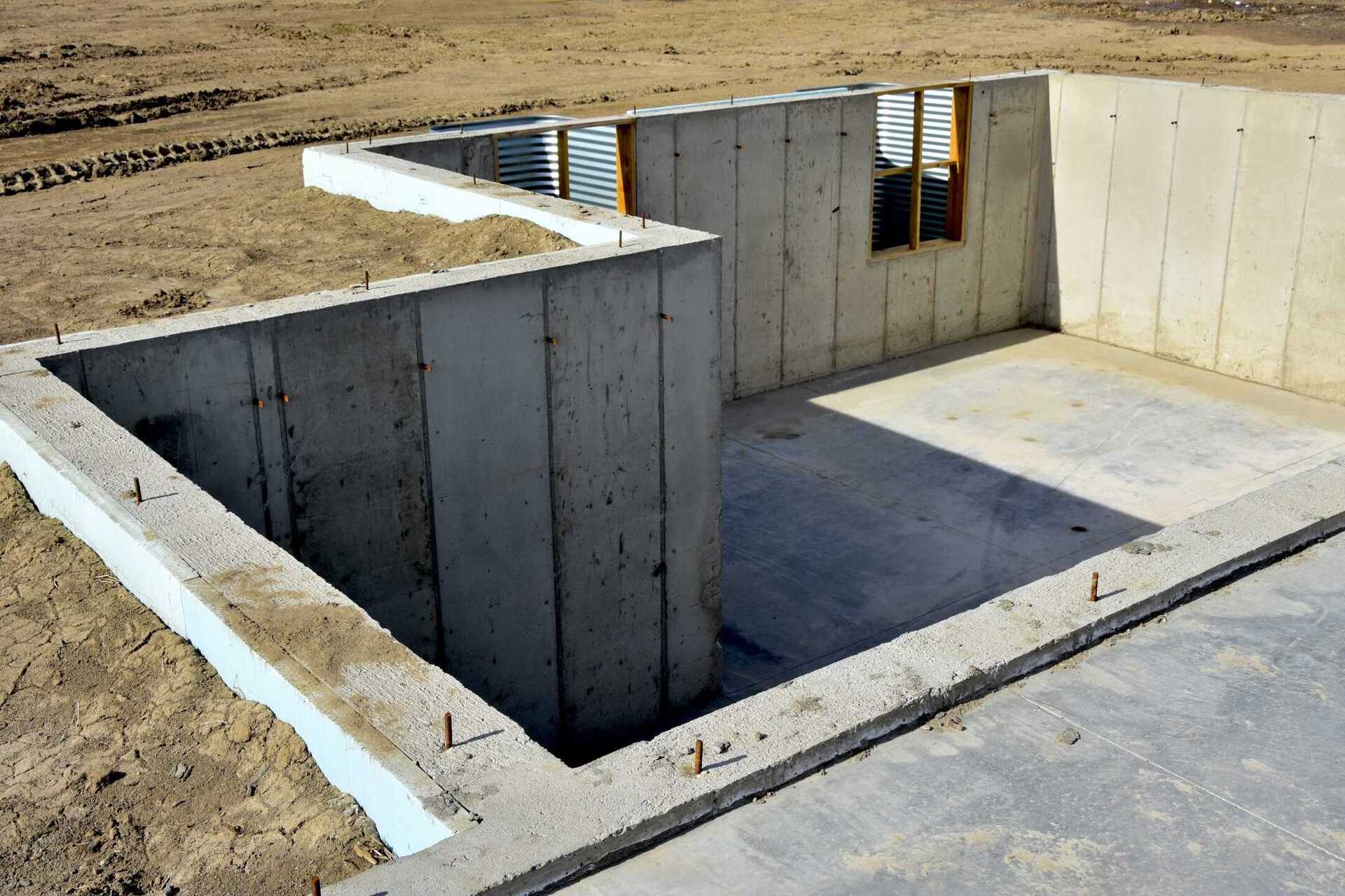

Building & Construction
How Much Is It To Build A Basement Foundation
Modified: February 23, 2024
Looking to build a basement foundation? Find out the cost involved in building construction and make an informed decision.
(Many of the links in this article redirect to a specific reviewed product. Your purchase of these products through affiliate links helps to generate commission for Storables.com, at no extra cost. Learn more)
Introduction
When it comes to building construction, a solid foundation is crucial. And one of the most important parts of any foundation is the basement. Whether you’re planning to build a new home or expand an existing one, understanding the cost of building a basement foundation is essential.
Building a basement foundation requires careful planning, skilled labor, and quality materials. From excavation and site preparation to waterproofing and finishing touches, each step of the process contributes to the overall cost of the project. In this article, we will explore the various factors that can affect the cost of building a basement foundation, so you can better understand what to expect and plan accordingly.
Keep in mind that costs can vary depending on factors such as location, size, and complexity of the project. It’s always a good idea to consult with reputable contractors and professionals in your area to get accurate estimates and advice specific to your project.
Now, let’s dive into the factors that can influence the cost of building a basement foundation.
Key Takeaways:
- Building a basement foundation involves various factors such as size, soil conditions, accessibility, and materials, all impacting the overall cost. Careful planning and consulting with professionals are crucial for accurate budgeting.
- From excavation to finishing touches, building a basement foundation requires thorough consideration of factors like waterproofing, framing, HVAC, and more. Proper budgeting and consulting with experts are essential for a successful project.
Read more: How Much To Build A Basement Foundation
Factors Affecting the Cost of Building a Basement Foundation
Several factors can play a significant role in determining the cost of building a basement foundation. Understanding these factors will help you estimate the budget required for your project. Let’s take a closer look at them:
- Size and Shape: The size and shape of the basement will have a direct impact on the cost. Larger and more complex basements will require more materials and labor, resulting in higher costs. Additionally, irregular shapes or unique architectural designs may require additional structural support or customization, increasing the overall expense.
- Soil Conditions: The type and condition of the soil on the construction site can affect the cost of building a basement foundation. Sites with soft or unstable soil may require additional measures such as improved foundation support or soil stabilization, which can add to the total cost.
- Depth: The depth of the basement is another critical factor. Building a deeper basement will require more excavation and possibly more extensive foundation walls, which can increase costs significantly. It’s important to consider the purpose of the basement and whether the added depth is necessary for your needs.
- Accessibility: The accessibility of the construction site plays a role in the cost of materials delivery and equipment transportation. Sites that are harder to access may require specialized equipment or additional labor, leading to increased costs.
- Building Codes and Regulations: Compliance with local building codes and regulations is essential. Depending on your area, certain requirements, such as insulation, fire safety, and energy efficiency, may need to be met, adding to the overall cost of the project.
- Building Materials: The choice of building materials can significantly impact the cost of a basement foundation. Higher-quality materials, such as reinforced concrete, may be more expensive upfront but can provide greater durability and longevity. Conversely, using lower-quality materials may result in cost savings initially, but may require more frequent maintenance or repairs in the long run.
- Contractor Experience: The level of experience and expertise of the contractor can affect the cost. Highly skilled contractors may charge higher rates due to their expertise and reputation. However, their expertise can result in a well-executed and efficient construction process, potentially reducing future maintenance costs.
It’s important to consider these factors when estimating the cost of building a basement foundation. By taking these elements into account, you can make informed decisions and ensure that your project stays within the desired budget.
Excavation and Site Preparation
Before construction can begin, proper excavation and site preparation are essential for building a basement foundation. This phase involves clearing the construction area, leveling the ground, and excavating the soil to create a space for the foundation. Here are some key points to consider:
- Clearing the Construction Area: The first step in excavation is clearing the construction area of any vegetation, debris, or obstacles that may hinder the construction process. This includes removing trees, rocks, and existing structures, if necessary.
- Marking Utilities: It’s crucial to identify and mark the location of any underground utilities, such as water pipes, sewer lines, or electrical cables, to avoid accidental damage during excavation.
- Excavating the Soil: Excavation involves digging into the ground to create space for the basement foundation. The depth of the excavation will depend on the design plans and the desired depth of the basement. Excavation can be done manually or with the use of heavy machinery, depending on the size and complexity of the project.
- Soil Disposal: The excavated soil needs to be properly disposed of, which may incur additional costs. Depending on local regulations, the soil may need to be tested and disposed of at designated sites. Alternatively, it may be possible to reuse the excavated soil for landscaping or other purposes.
- Compacting the Soil: Once the excavation is complete, the soil needs to be compacted to create a stable base for the foundation. This can be done using heavy machinery or through manual methods, ensuring that the soil is evenly compacted and free from air pockets.
Excavation and site preparation are vital steps in the construction process and can significantly impact the cost of building a basement foundation. The complexity of the excavation, the size of the construction area, and the accessibility of the site will affect the overall cost. Additionally, if the soil conditions are challenging or if there are any underground utilities to navigate, specialized equipment or techniques may be required, leading to increased costs.
It is important to work with experienced contractors and professionals who understand the intricacies of excavation and site preparation. They will ensure that the excavation is done correctly, adhering to safety regulations and following the design plans for the foundation.
By properly preparing the site and executing the excavation phase effectively, you can set the stage for a strong and reliable basement foundation for your construction project.
Foundation Walls
Foundation walls are a critical component of any basement foundation. They provide structural support and help to distribute the weight of the building evenly. Here are some important considerations regarding foundation walls:
- Materials: Foundation walls can be constructed using various materials, including poured concrete, concrete blocks, or insulated concrete forms (ICFs). The choice of material will depend on factors such as structural requirements, budget, and personal preference. Poured concrete is a popular choice due to its strength and durability.
- Wall Thickness: The thickness of the foundation walls will depend on the design and structural requirements. Thicker walls are generally required for deeper basements or in areas with higher hydrostatic pressure. It is essential to consult with an engineer or contractor to determine the appropriate wall thickness for your specific project.
- Reinforcement: To enhance the strength and stability of the foundation walls, reinforcing materials such as steel rebars or wire mesh may be added. These reinforcements help to prevent cracking and improve the overall structural integrity of the walls.
- Waterproofing: Foundation walls are susceptible to water infiltration, which can lead to damage and moisture-related issues. Applying a waterproofing membrane or coating is crucial to protect the walls and keep the basement dry. Additionally, proper drainage systems, such as exterior weeping tiles or interior French drains, can help divert water away from the foundation.
- Insulation: Insulating the foundation walls can improve energy efficiency and prevent heat loss. Options for insulation include rigid foam boards, spray foam insulation, or insulated concrete forms (ICFs). The choice of insulation will depend on factors such as the local climate, energy efficiency goals, and budget considerations.
- Window Wells: If your basement includes windows below ground level, window wells may be required. These are designed to provide access to natural light and emergency exit routes. Window wells can be constructed using materials such as metal or pressure-treated wood and should be properly drained to prevent water accumulation.
Building sturdy and well-insulated foundation walls is crucial for the long-term stability and comfort of the basement. It is essential to work with experienced contractors who are knowledgeable in foundation construction to ensure that the walls are properly designed, reinforced, and waterproofed.
The cost of foundation walls can vary depending on the materials chosen, the complexity of the design, and any additional features such as insulation or window wells. Consulting with professionals and obtaining accurate estimates will help you budget effectively for this important aspect of your basement foundation.
Waterproofing and Drainage
Proper waterproofing and drainage systems are vital to protect your basement foundation from water damage and ensure a dry and moisture-free environment. Here are some essential considerations for waterproofing and drainage:
- Exterior Waterproofing: Exterior waterproofing involves applying a waterproof membrane or coating to the exterior surface of the foundation walls. This acts as a barrier, preventing water from seeping into the basement. Additionally, exterior drainage systems, such as exterior weeping tiles or French drains, are installed to collect and divert water away from the foundation.
- Interior Waterproofing: Interior waterproofing involves applying a waterproof membrane or sealant on the interior surface of the foundation walls. This provides an additional layer of protection against moisture intrusion. Interior drainage systems, such as interior French drains or sump pumps, are also installed to collect and remove any water that may enter the basement.
- Damp-proofing: Damp-proofing is a preventative measure that involves applying a coating or sealant to the foundation walls to resist moisture penetration. While not as robust as waterproofing, damp-proofing can help mitigate minor moisture issues and protect the foundation from dampness.
- Drainage Systems: A well-designed drainage system is essential for effectively managing water around your basement. This includes proper grading of the surrounding landscape to ensure water flows away from the foundation, installation of gutters and downspouts to divert rainwater from the roof, and the use of drain pipes to carry water away from the foundation.
- Interior and Exterior Landscaping: Landscaping around the foundation plays a crucial role in preventing water accumulation. Proper grading and the use of retaining walls can help redirect water away from the foundation, preventing water from pooling against the walls and causing potential damage.
- Regular Maintenance: Once the waterproofing and drainage systems are in place, it is important to perform regular maintenance to ensure their effectiveness. This includes inspecting and cleaning gutters and downspouts, checking for any signs of water infiltration, and addressing any repairs or maintenance needs promptly.
Waterproofing and drainage systems are essential investments in the long-term health and durability of your basement foundation. The cost of waterproofing and drainage will depend on factors such as the size of the basement, the extent of the waterproofing required, and any additional features like sump pumps or exterior drainage systems. Consulting with professionals and obtaining multiple quotes will help you determine the accurate cost for your specific project.
By properly waterproofing and implementing effective drainage systems, you can protect your basement foundation from water damage, minimize the risk of mold and mildew growth, and create a dry and comfortable space for your home or any other purpose.
Read more: How To Build A Basement Foundation
Flooring
Choosing the right flooring for your basement can greatly enhance the overall functionality, aesthetics, and comfort of the space. Since basements are prone to moisture and potential water damage, it’s important to select flooring options that can withstand these conditions. Here are some factors to consider when selecting basement flooring:
- Moisture Resistance: Due to the potential for moisture in basements, it’s crucial to choose flooring materials that are resistant to water damage. Moisture-resistant options include ceramic or porcelain tile, luxury vinyl planks or tiles, and epoxy coatings. These materials are less susceptible to warping, swelling, or mold growth when exposed to moisture.
- Insulation: Basements can often feel cold, so selecting flooring materials with built-in insulation or adding separate insulation layers can help maintain a comfortable temperature. Carpet, for example, provides insulation and warmth, while also offering sound-dampening properties. Additionally, engineered wood flooring with an insulating underlayment can provide a warmer feel underfoot.
- Durability: Since basements often experience high traffic, especially if they’re used as living spaces, it’s important to choose flooring materials that are durable and can withstand heavy use. Options such as ceramic tile, luxury vinyl, or concrete can withstand wear and tear, making them suitable for basement flooring.
- Installation: Some flooring options may require professional installation, while others can be easily installed as a DIY project. Carpet tiles, for example, offer a simple and modular installation process that can be accomplished by homeowners. It’s important to consider the installation requirements and your level of expertise when deciding on the flooring option.
- Design and Style: The flooring you choose can significantly impact the overall look and feel of your basement. There are various styles, colors, and patterns available in different flooring materials, allowing you to achieve the desired aesthetic. Whether you prefer a sleek modern look with polished concrete or a cozy atmosphere with carpet, consider the design elements that align with your vision.
The cost of basement flooring will depend on factors such as the chosen material, the size of the basement, and whether professional installation is required. It’s always a good idea to research different options, compare prices, and consult with flooring specialists to determine the best choice for your budget and needs.
By selecting the right flooring for your basement, you can create a stylish, durable, and comfortable space that suits your lifestyle and enhances the overall value of your home.
Get multiple quotes from different contractors to compare costs for building a basement foundation. Consider factors such as materials, labor, and any additional expenses to make an informed decision.
Framing and Insulation
When building a basement foundation, framing and insulation play a crucial role in creating a structurally sound and energy-efficient space. These elements help define the layout of the basement and ensure proper insulation for temperature control. Here’s what you need to know:
- Framing: Framing involves constructing the framework or skeleton of the walls, ceilings, and partitions in the basement. This framework provides support and serves as the basis for attaching finishes such as drywall, paneling, or other wall coverings. Typically, wood or metal studs are used for basement framing, depending on the design and structural requirements of the space.
- Insulation: Insulation is a critical component in basement construction as it helps regulate temperature, minimizes energy loss, and enhances comfort. Common insulation materials include fiberglass batts, rigid foam boards, or spray foam insulation. It’s important to consider the R-value, which measures the insulation’s effectiveness, and to choose insulation suitable for the specific needs of your basement.
- Vapor Barrier: Installing a vapor barrier between the foundation walls and insulation is essential for preventing moisture from entering the basement. This barrier helps to keep the air in the basement dry and reduces the risk of mold and mildew growth. A vapor barrier is typically a plastic sheet or membrane that is installed before adding insulation.
- Soundproofing: If you plan to use the basement as a living space, adding soundproofing measures during the framing and insulation process can minimize noise transmission from adjacent rooms or floors. This can involve using products like sound-dampening drywall, acoustic insulation, or resilient channel systems to isolate noise and create a quieter environment.
- Fire Safety: Building codes may require fire-resistant materials and insulation to ensure the safety of the basement space. This can include using fire-rated drywall or insulation with fire-resistant properties to meet the necessary fire safety standards.
- Egress Windows: If you plan to use the basement as a bedroom or living space, local building codes may require the installation of egress windows. These windows provide a potential emergency exit in case of fire or other emergencies.
Proper framing and insulation not only provide structural support but also contribute to energy efficiency and overall comfort in the basement. It’s important to consult with professionals to ensure the framing is done correctly, adhering to local building codes, and that insulation choice and installation are appropriate for your specific needs.
The cost of framing and insulation will depend on the size of the basement, the chosen materials, and the complexity of the framing design. Additionally, factors such as labor costs and regional variations can influence the overall expense. Obtaining multiple quotes and working with experienced contractors will help you budget adequately for this important aspect of basement construction.
By properly framing and insulating your basement, you can create a comfortable, efficient, and functional space that maximizes the potential of your basement foundation.
Electrical and Plumbing Systems
Electrical and plumbing systems are pivotal components of a functional and comfortable basement. These systems ensure the delivery of essential utilities and play a crucial role in enabling various activities that take place in the basement. Here are some important considerations for electrical and plumbing systems:
- Electrical System: The electrical system in the basement includes wiring, outlets, switches, and lighting fixtures. It’s important to assess the electrical needs of your basement, considering the number and types of appliances, lighting, and electronic devices that will be used. Hiring a licensed electrician is essential to ensure that the electrical work meets safety standards and local building codes.
- Plumbing System: The plumbing system includes water supply lines, drainpipes, fixtures, and wastewater management. If you plan to have a bathroom or kitchenette in the basement, installing plumbing lines for sinks, toilets, and showers will be necessary. Plumbing work should be executed by a professional plumber and must comply with plumbing codes to ensure safe and efficient operation.
- Sump Pump: Basement foundations may require the installation of a sump pump to prevent water accumulation. A sump pump collects excess water in a basin and pumps it out to prevent flooding. This is especially important if the basement is prone to groundwater infiltration or if you live in an area with a high water table.
- Energy Efficiency: Consider incorporating energy-efficient features into your electrical and plumbing systems. Install energy-efficient lighting fixtures, insulation on hot water pipes, low-flow fixtures to conserve water, and programmable thermostats for efficient heating and cooling.
- Permits and Inspections: It’s important to obtain the necessary permits and schedule inspections for electrical and plumbing work. Building codes vary by location, and compliance is crucial to ensure safety and avoid potential issues in the future.
- Future Expansion: Anticipate and plan for future expansion or modifications in your electrical and plumbing systems. It’s beneficial to have extra capacity in the electrical panel for future additions or upgrades. For plumbing, consider installing shutoff valves and accessible plumbing connections to facilitate any future changes.
The cost of electrical and plumbing systems can vary based on factors such as the size and complexity of the basement, the number of outlets and fixtures, and the specific materials and products chosen. It’s advisable to consult with professionals, such as electricians and plumbers, to accurately estimate the costs and ensure all work is done to code.
Implementing safe and reliable electrical and plumbing systems will ensure that your basement is fully functional and meets your needs now and in the future. Working with experienced professionals will help to ensure the efficient and reliable operation of these vital systems.
HVAC (Heating, Ventilation, and Air Conditioning)
An essential aspect of creating a comfortable and livable basement space is the installation of an HVAC (Heating, Ventilation, and Air Conditioning) system. HVAC systems regulate temperature, control humidity, and provide fresh air circulation. Here are some important points to consider when it comes to HVAC in your basement:
- Heating System: The heating system for your basement will depend on the overall HVAC setup in your home. It may involve extending the existing heating system or installing a separate unit such as a furnace, heat pump, or radiant floor heating. The type of heating system chosen should be appropriate for the size and insulation of the basement.
- Cooling System: Depending on your geographical location and desired comfort, you may need a cooling system in your basement. This could involve extending the existing central air conditioning system, installing ductless mini-split units, or utilizing a portable air conditioner. The cooling capacity should be determined based on the size and usage of the basement space.
- Ventilation: Proper ventilation is crucial to maintaining good indoor air quality in the basement. A ventilation system can help remove stale air, control moisture levels, and prevent the buildup of odors or pollutants. This can be achieved through the installation of mechanical ventilation systems, such as a heat recovery ventilator (HRV) or energy recovery ventilator (ERV), which exchange fresh outdoor air with stale indoor air while preserving energy efficiency.
- Ductwork: If your HVAC system relies on ductwork for air distribution, ensure that the ducts are properly sized and sealed. Poorly designed or leaky ducts can result in energy loss and reduced system efficiency. It’s important to have a professional HVAC contractor assess and design the ductwork to optimize performance and comfort.
- Zoning: If your basement serves multiple purposes, consider implementing zoning systems for heating and cooling. This allows for greater control over the temperature in different areas of the basement, optimizing comfort and energy efficiency. Zoning can be achieved through the installation of separate thermostats and dampers.
- Humidity Control: Basements can be prone to high humidity levels, which can lead to mold and mildew growth. Installing a dehumidifier or integrating humidity control features into your HVAC system can help maintain optimal humidity levels for a comfortable and healthy basement environment.
The cost of HVAC installation in a basement can vary depending on factors such as the size of the space, the complexity of the system, and the specific requirements of your home. It is recommended to consult with HVAC professionals who can assess your needs and provide accurate cost estimates.
By incorporating an appropriate HVAC system, you can create a basement that is comfortable year-round, with optimal temperature, humidity levels, and air quality. This will enhance the usability and enjoyment of your basement space.
Finishing Touches
After completing the essential construction elements of your basement foundation, it’s time to add the finishing touches that will transform the space into a functional and inviting area. These finishing touches can greatly enhance the aesthetics, comfort, and usability of your basement. Here are some important considerations:
- Wall Finishes: Choose suitable wall finishes that align with your desired style and functionality. Options include drywall, paneling, wainscoting, or decorative finishes such as wallpaper or accent walls. Ensure proper installation and finishing techniques to achieve a polished look.
- Flooring: As discussed earlier, select flooring materials that are suitable for basements and meet your design preferences. Options include carpeting, ceramic tile, luxury vinyl, laminate, or engineered wood. Consider factors such as durability, moisture resistance, insulation, and overall aesthetics.
- Ceiling Finishes: The choice of ceiling finishes plays a role in the overall visual appeal of the basement. Options include drywall, suspended ceiling tiles, or exposed beams for a rustic aesthetic. Additionally, consider incorporating ceiling insulation to improve energy efficiency and soundproofing.
- Lighting: Proper lighting is crucial to ensure a well-lit and inviting basement space. Incorporate a combination of ambient, task, and accent lighting to meet different needs and create the desired ambiance. Consider recessed lighting, pendant lights, track lighting, or sconces, depending on the layout and purpose of the basement.
- Storage: Assess your storage needs and incorporate appropriate storage solutions. This may include built-in shelves, cabinets, or closets to keep the space organized and clutter-free. Custom storage solutions can maximize the functionality of your basement and provide ample space for items.
- Paint and Colors: The choice of paint colors and overall color scheme will contribute to the visual appeal of your basement. Consider the desired mood and aesthetics when selecting paint colors. Lighter colors can make the space feel larger and brighter, while deeper tones can create a cozy and intimate atmosphere.
- Furnishings and Décor: Finally, bring your personal style into the space through furniture, décor, and accessories. Choose comfortable and appropriately sized furniture that fits the function and layout of the basement. Add decorative elements such as artwork, rugs, curtains, and plants to create a welcoming and personal touch.
The cost of finishing touches will vary based on your design preferences, budget, and the specific products and materials chosen. It’s important to plan and allocate a budget for these elements to ensure a cohesive and well-designed finished basement.
By paying attention to the finishing touches, you can create a basement that is not only functional but also reflects your personal style and meets your lifestyle needs. These details will elevate your basement from a simple foundation to a fully utilized and enjoyable living space.
Additional Considerations and Costs
When building a basement foundation, there are additional factors and costs to consider beyond the basic construction elements. These considerations will help ensure a successful and well-rounded project. Here are some important points to keep in mind:
- Permits and Inspections: Obtaining the necessary permits and scheduling inspections is crucial to ensure compliance with local building codes. Permit costs can vary depending on your location, and failure to obtain proper permits can result in fines or complications during the construction process.
- Professional Fees: Consultation and services from professionals such as architects, engineers, contractors, or designers may be required during the planning and execution phases. Their expertise and guidance can provide valuable insights and ensure the success of your basement foundation. However, it’s important to consider these professional fees when budgeting for the project.
- Accessibility: Consider how you will access your basement. If your basement is below ground level, you may need to install stairs or a bulkhead door for convenient access. Accessibility requirements should be factored into the planning and design stages to ensure a safe and functional entry point.
- Utilities Hookup: If your basement will include a kitchen, bathroom, laundry room, or other amenities, you will need to factor in the cost of hooking up electrical, plumbing, and gas lines. This may involve coordinating with utility providers and hiring licensed professionals for the installation.
- Soundproofing: Depending on the use of your basement and its proximity to other living spaces, you may want to incorporate soundproofing measures to minimize noise transmission. This can involve additional costs for sound-dampening materials, such as acoustic insulation, resilient channel systems, or special door and window seals.
- Insurance Considerations: Contact your insurance provider to discuss any changes or additions to your homeowner’s insurance policy that may be necessary when adding a basement. This includes liability coverage, flood insurance, or coverage for any changes to the property’s value.
- Maintenance and Upkeep: Factor in the long-term maintenance and upkeep costs for your basement foundation. Regular inspections, repairs, and maintenance of systems, such as HVAC, plumbing, or waterproofing, will help prevent issues and extend the lifespan of your basement.
It’s important to thoroughly assess and plan for these additional considerations and costs to ensure a successful and well-executed basement foundation project. Consulting with professionals, obtaining accurate quotes, and conducting thorough research will help you create a comprehensive budget and avoid any unexpected expenses.
By considering all the necessary elements and adequately budgeting for additional costs, you can embark on your basement foundation project with confidence and create a functional, safe, and enjoyable space.
Conclusion
Building a basement foundation is a significant undertaking that requires careful planning, attention to detail, and a comprehensive understanding of the associated costs and considerations. From excavation and site preparation to finishing touches, each step contributes to the creation of a functional, comfortable, and durable space.
In this article, we’ve explored the various factors that can affect the cost of building a basement foundation. Understanding these factors, such as the size and shape of the basement, soil conditions, accessibility, building materials, and contractor expertise, will help you estimate the budget required for your project more accurately.
We’ve discussed key aspects such as waterproofing and drainage, foundation walls, framing and insulation, electrical and plumbing systems, HVAC, flooring, and the importance of finishing touches. Each of these elements contributes to the overall functionality, comfort, and aesthetics of your basement.
Additional considerations, such as permits, professional fees, accessibility, utility hookups, and ongoing maintenance, must also be taken into account when budgeting for your basement foundation project.
Remember to consult with reputable contractors and professionals in your area to obtain accurate estimates and advice specific to your project. Consider their expertise and reputation when making your hiring decisions to ensure a successful outcome.
By carefully planning and budgeting for all aspects of your basement foundation project, you can create a space that meets your needs and enhances the value of your home. Whether you’re expanding your living space or building a new home, a well-constructed basement foundation is a solid investment that can provide years of enjoyment and functionality.
Good luck with your basement foundation project, and may it bring you the home of your dreams!
Frequently Asked Questions about How Much Is It To Build A Basement Foundation
Was this page helpful?
At Storables.com, we guarantee accurate and reliable information. Our content, validated by Expert Board Contributors, is crafted following stringent Editorial Policies. We're committed to providing you with well-researched, expert-backed insights for all your informational needs.
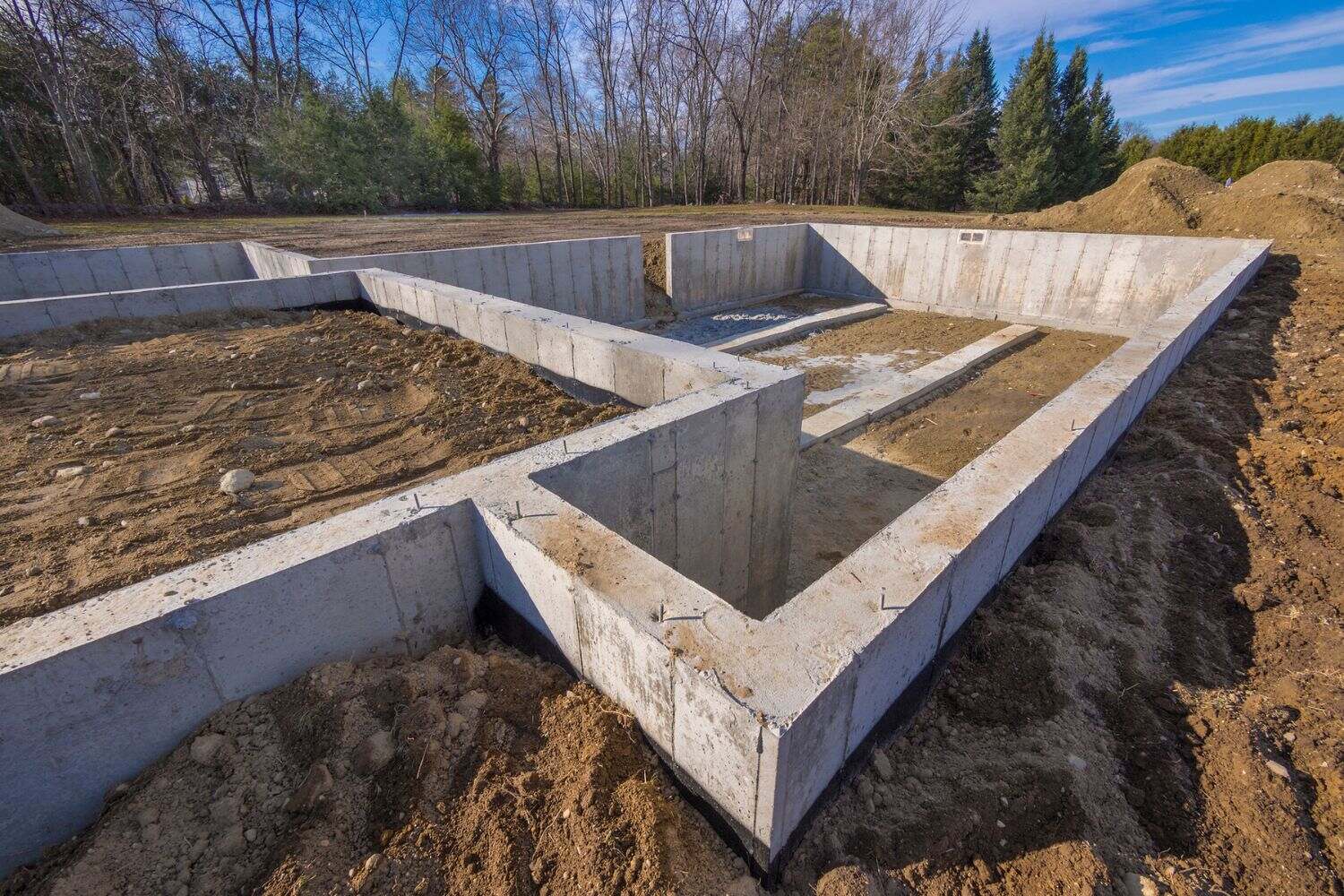
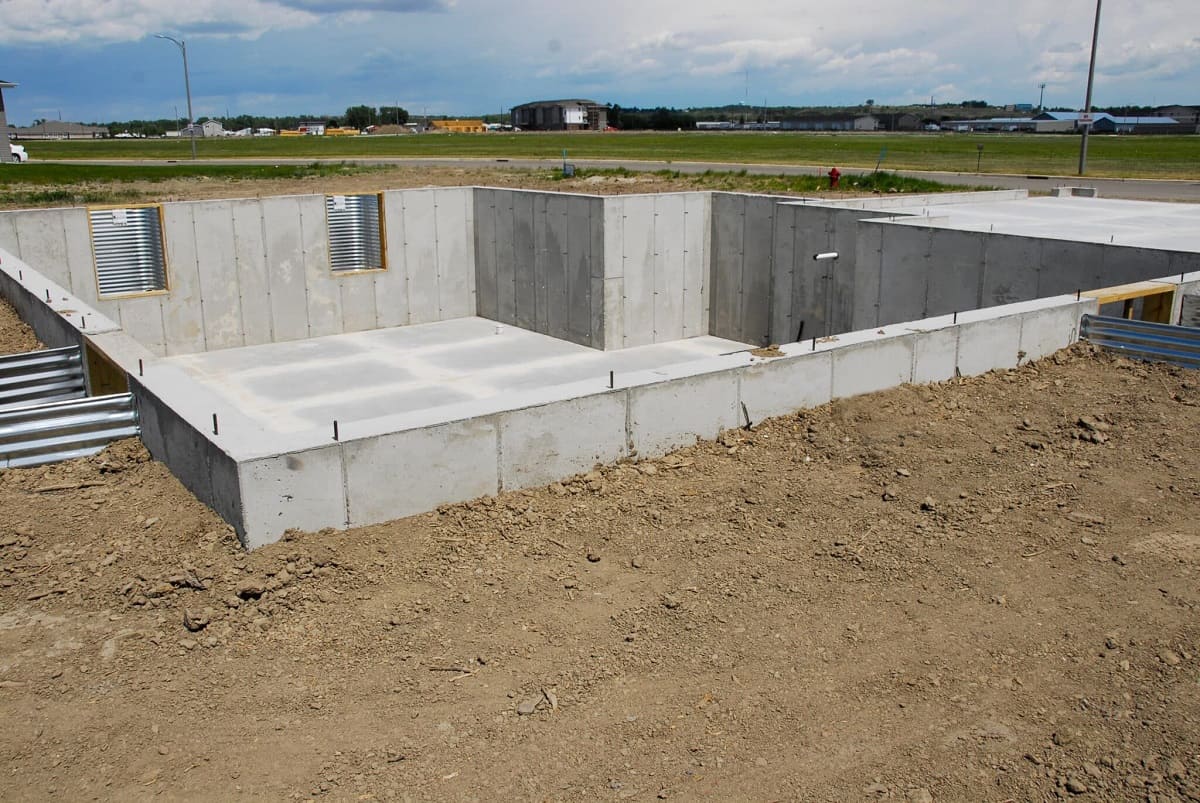
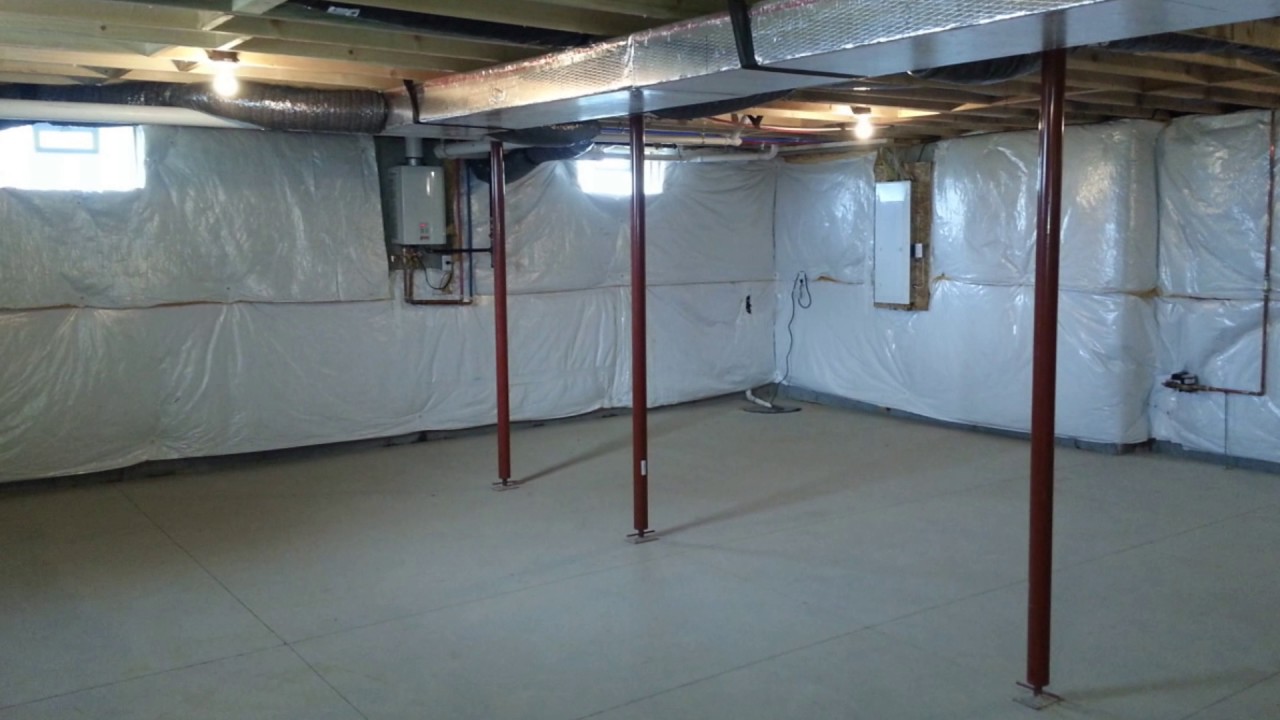
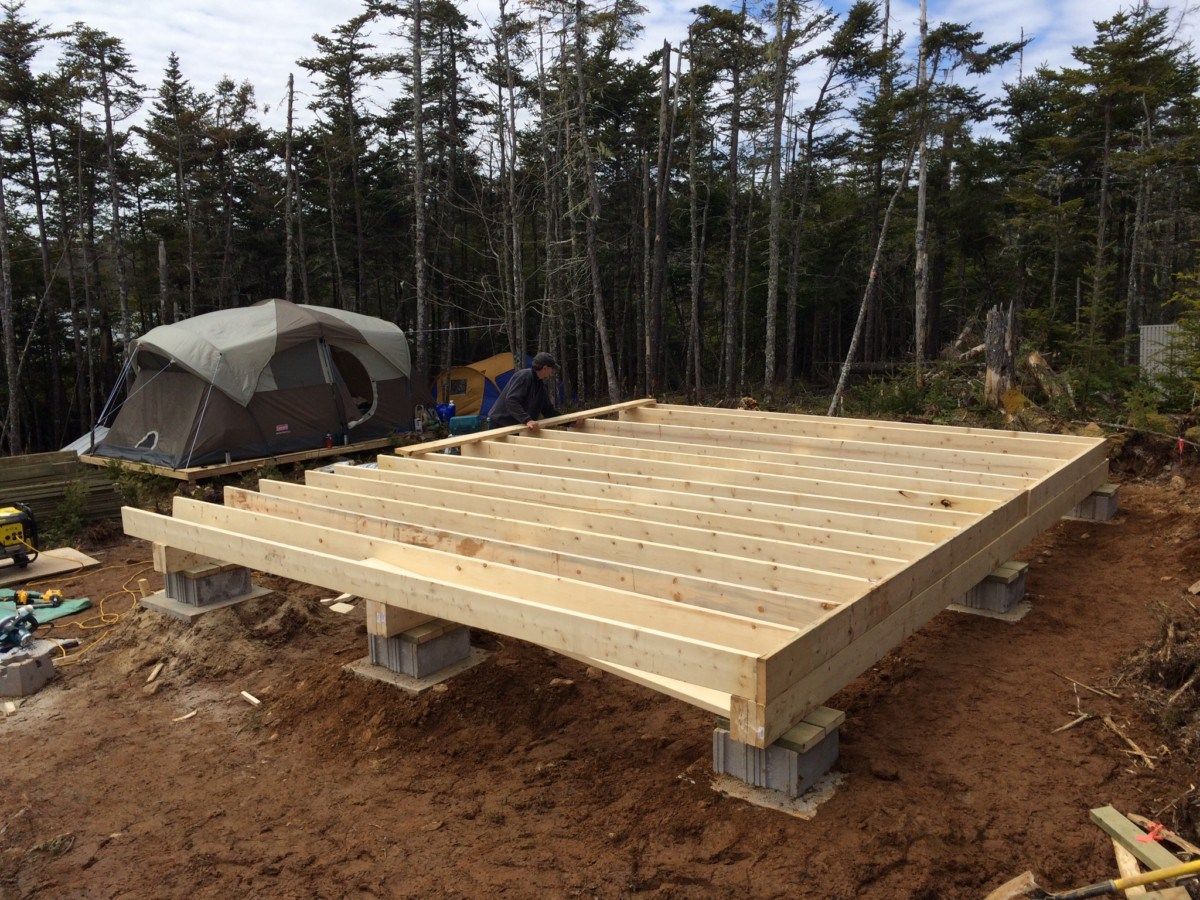
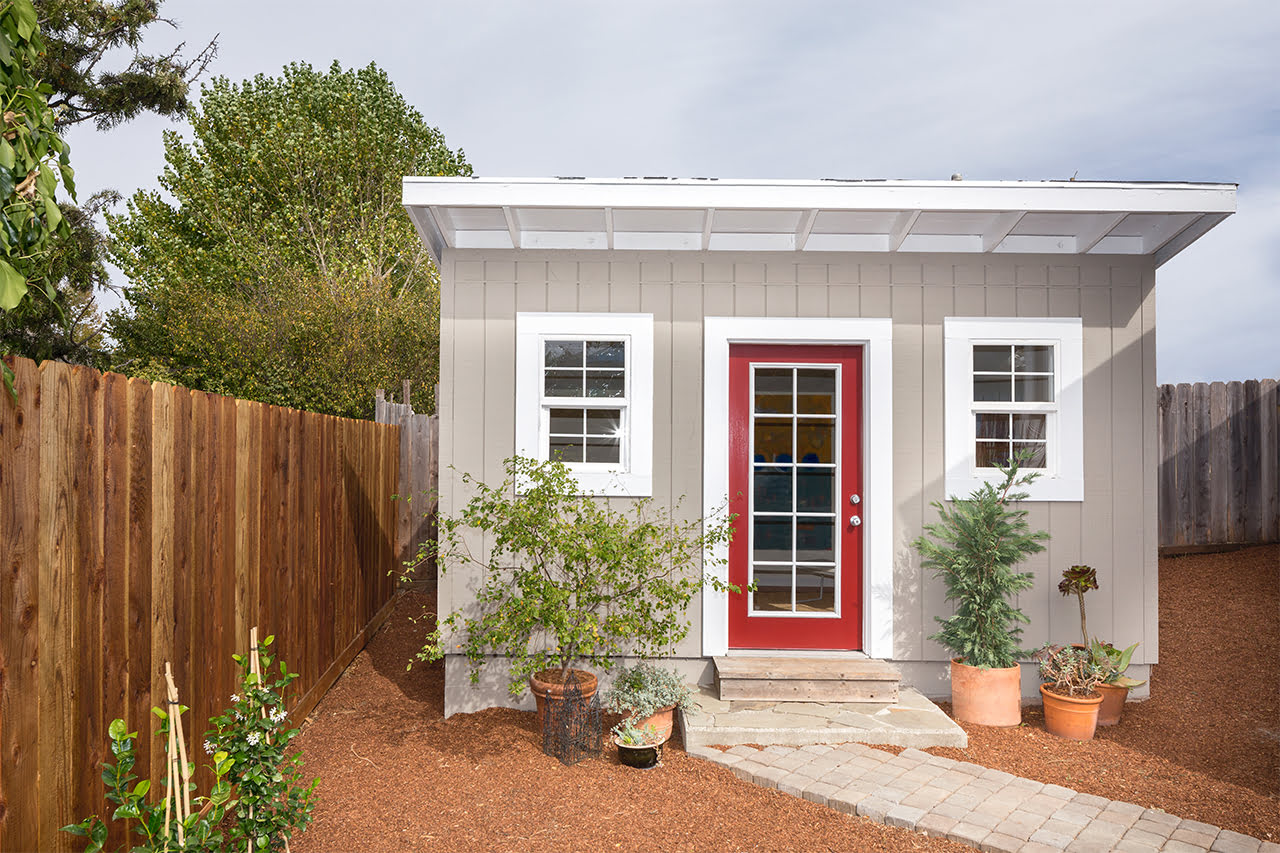
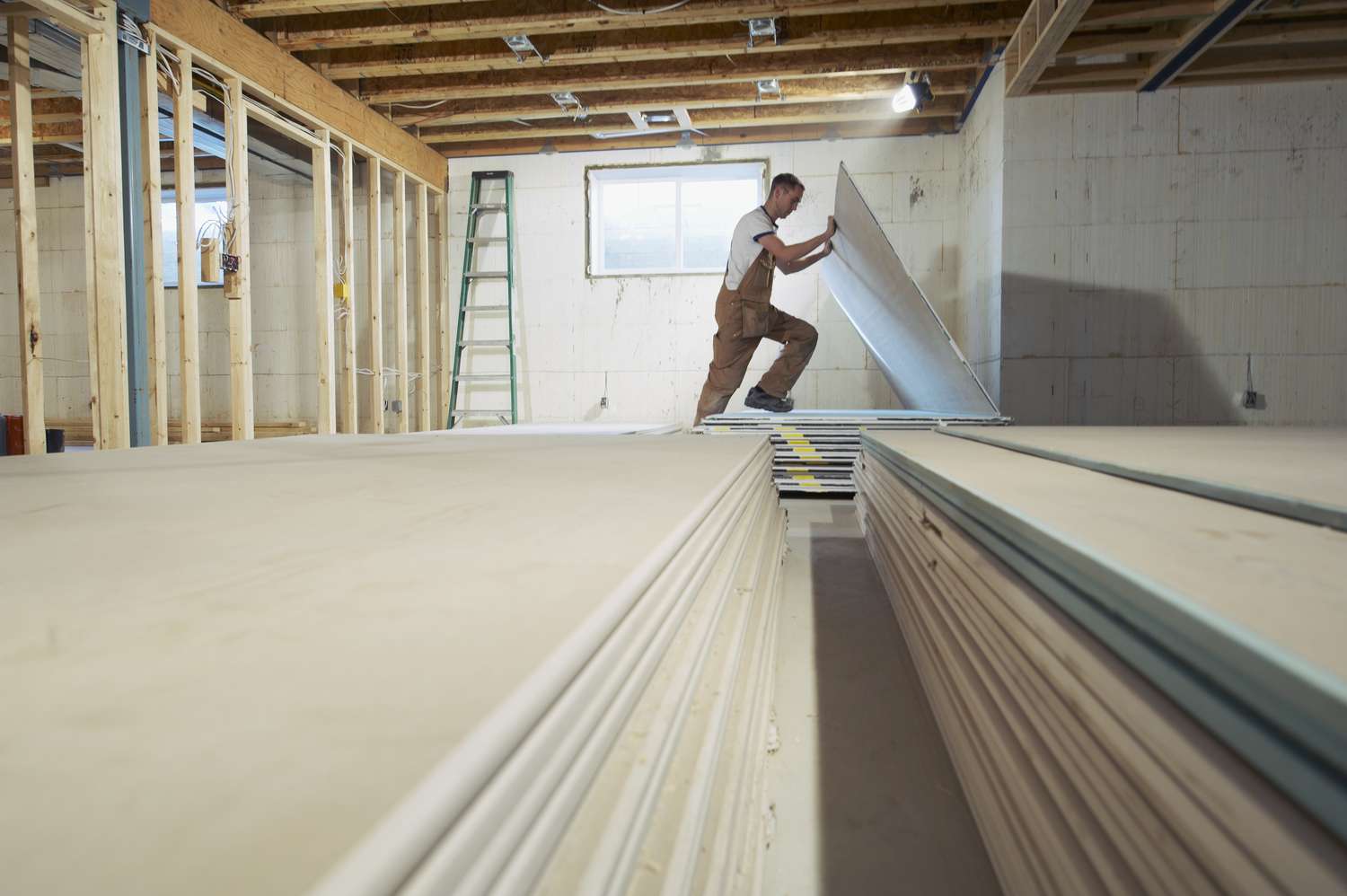
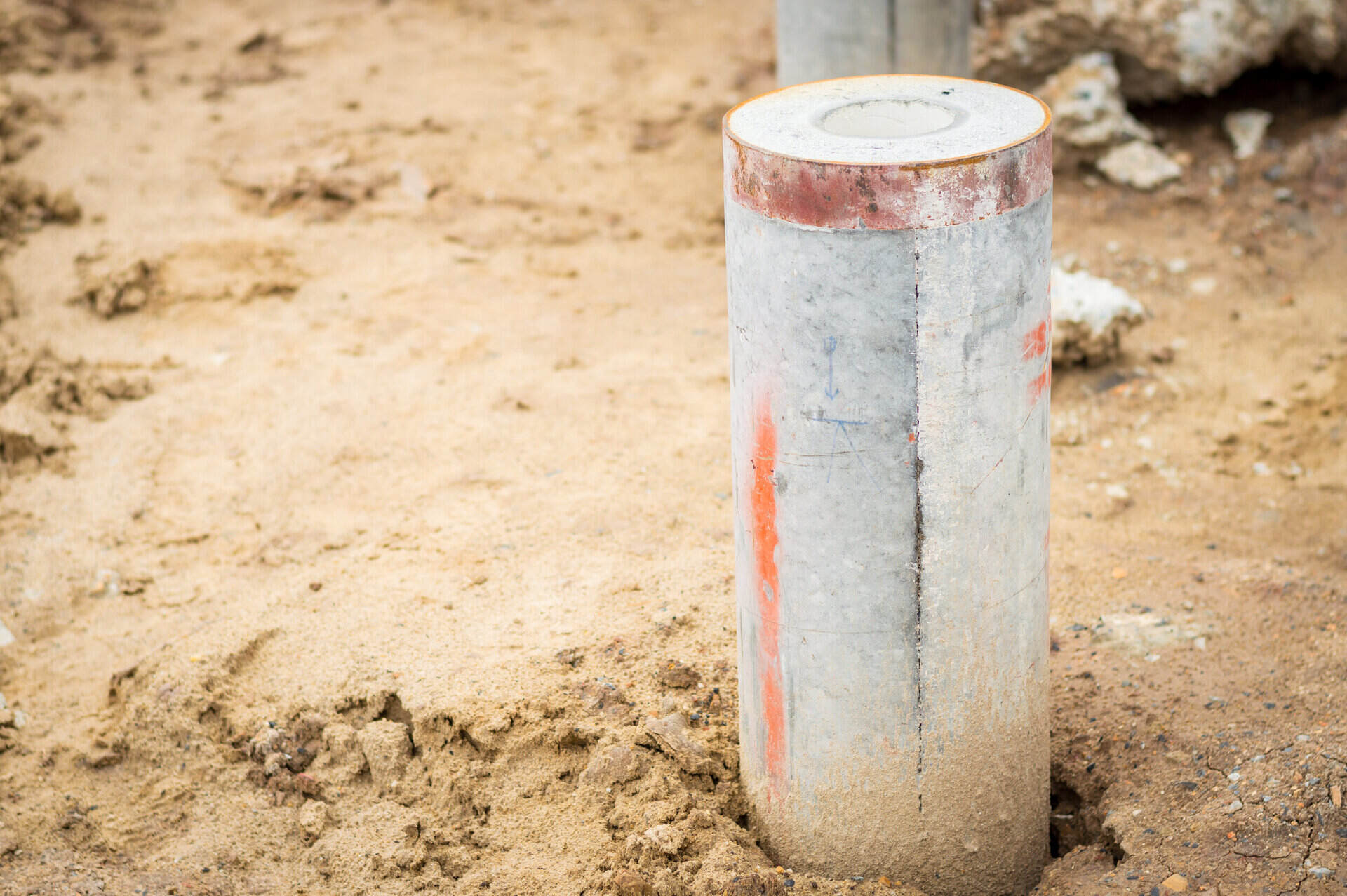

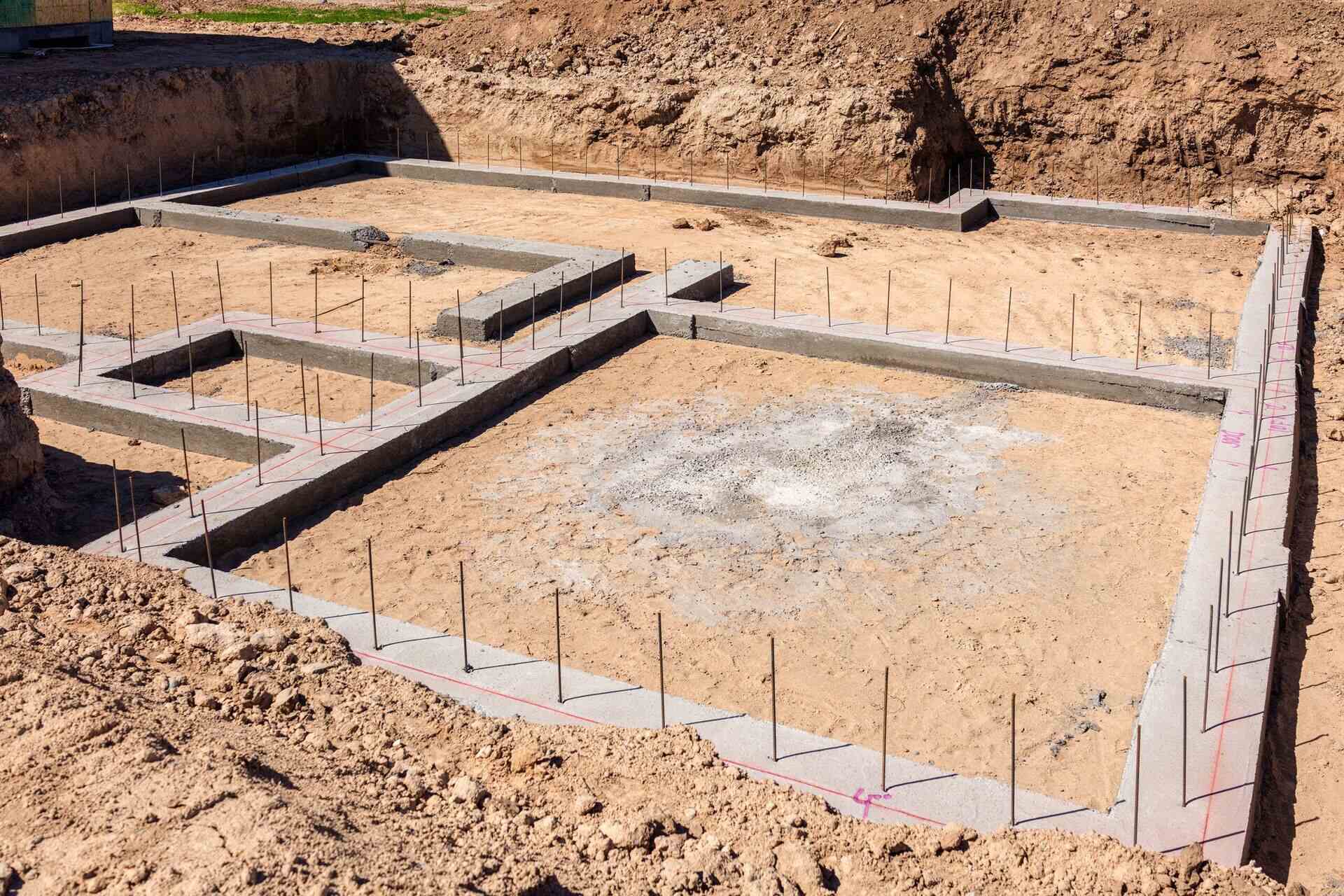
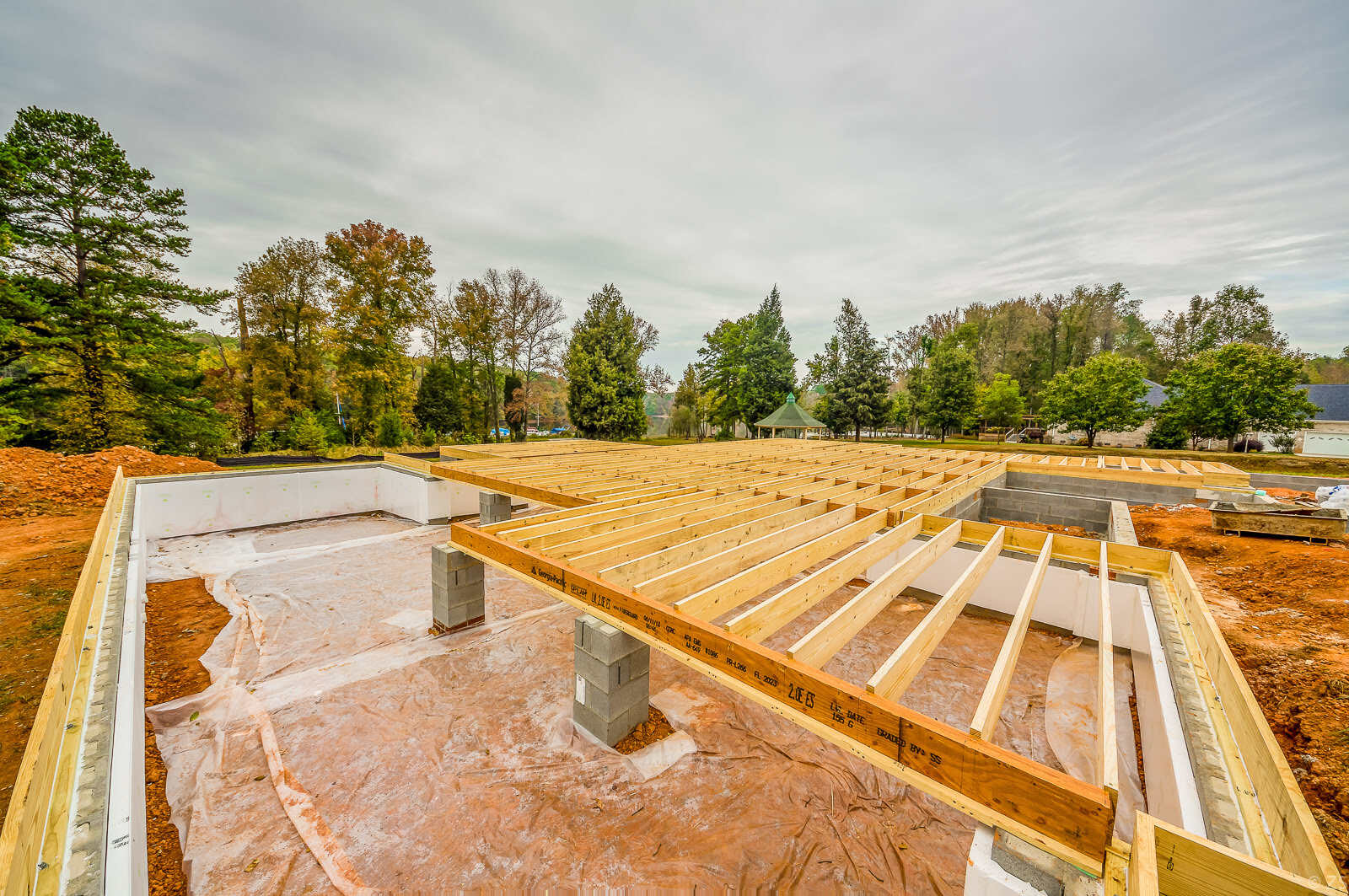
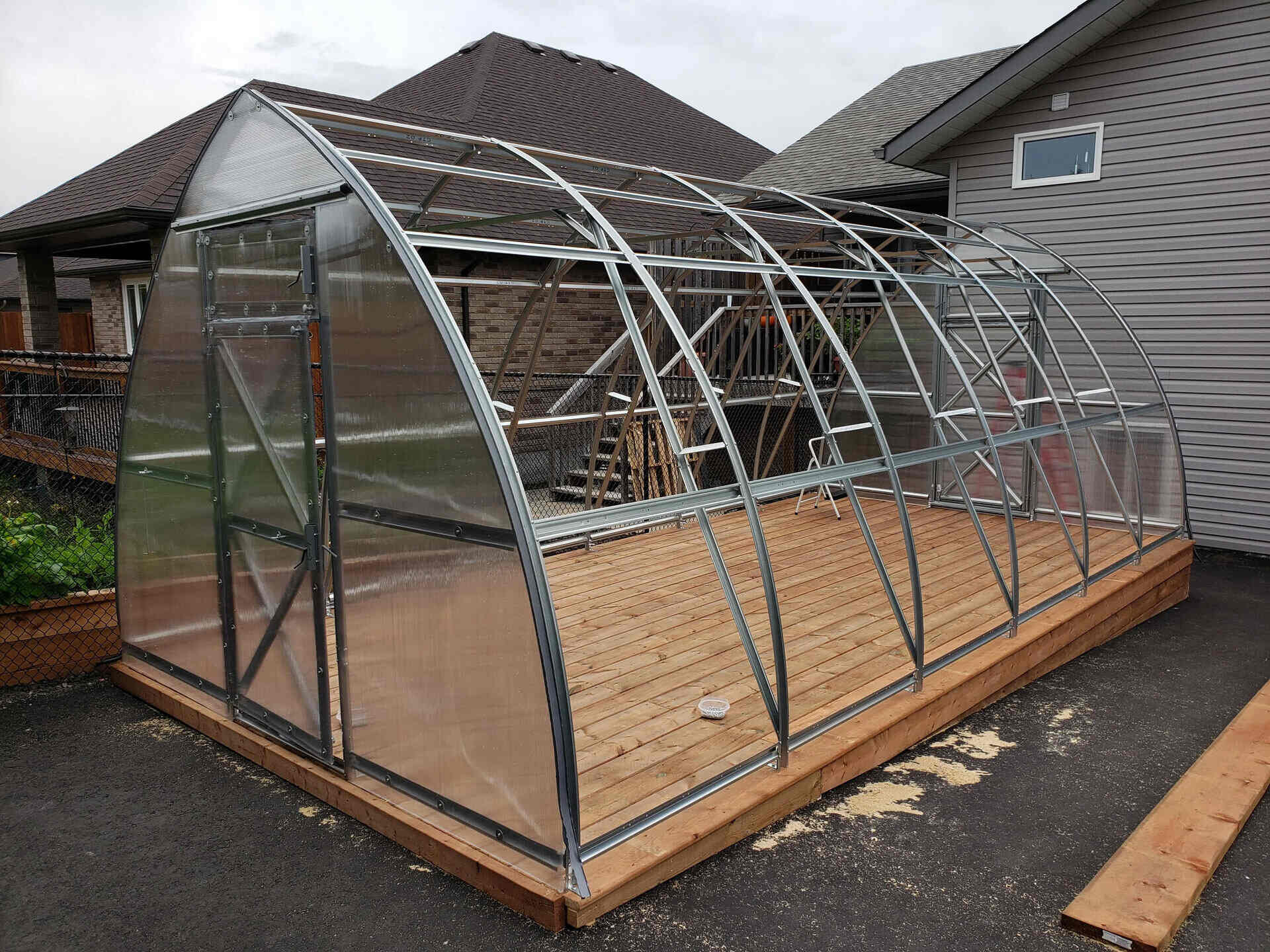
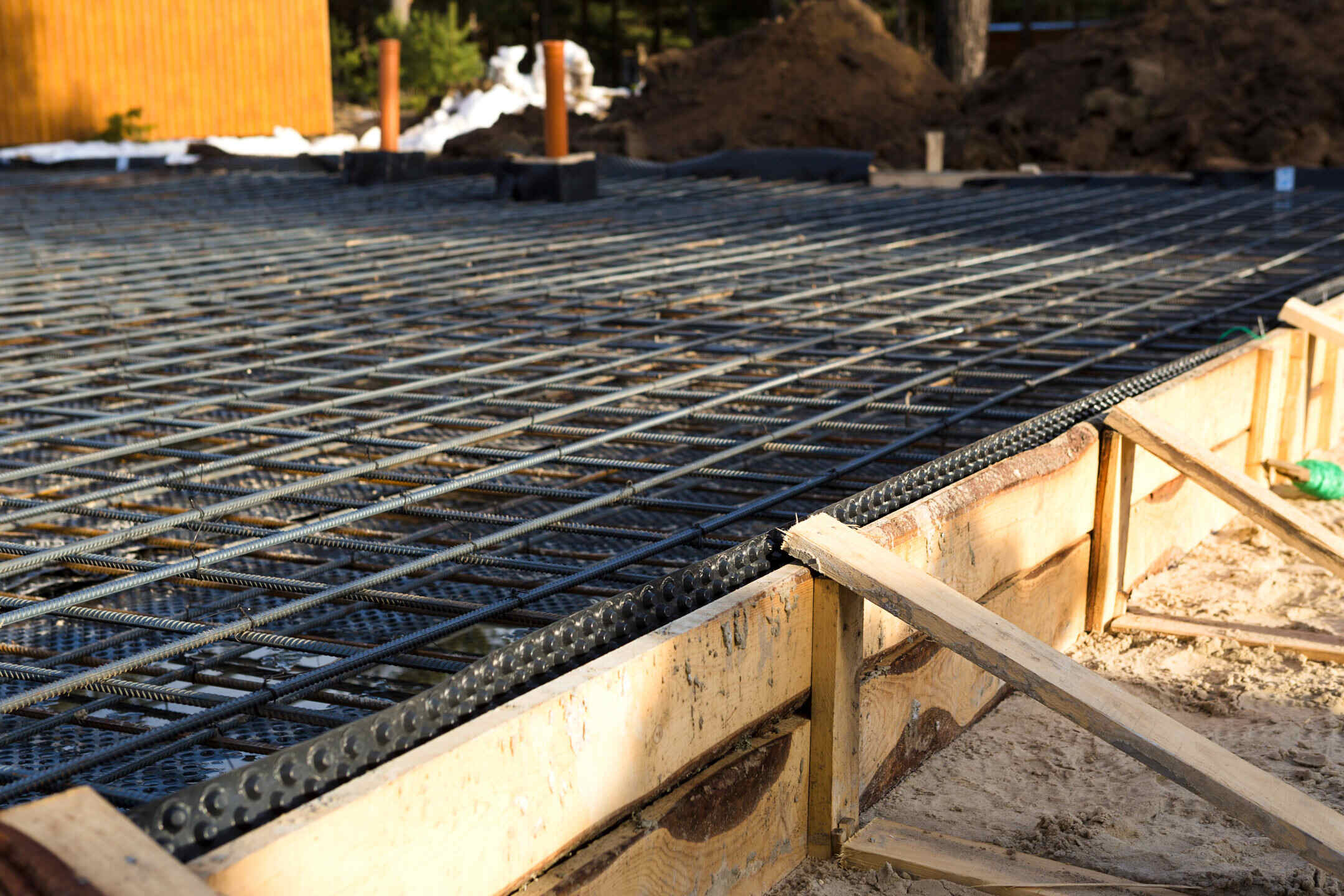
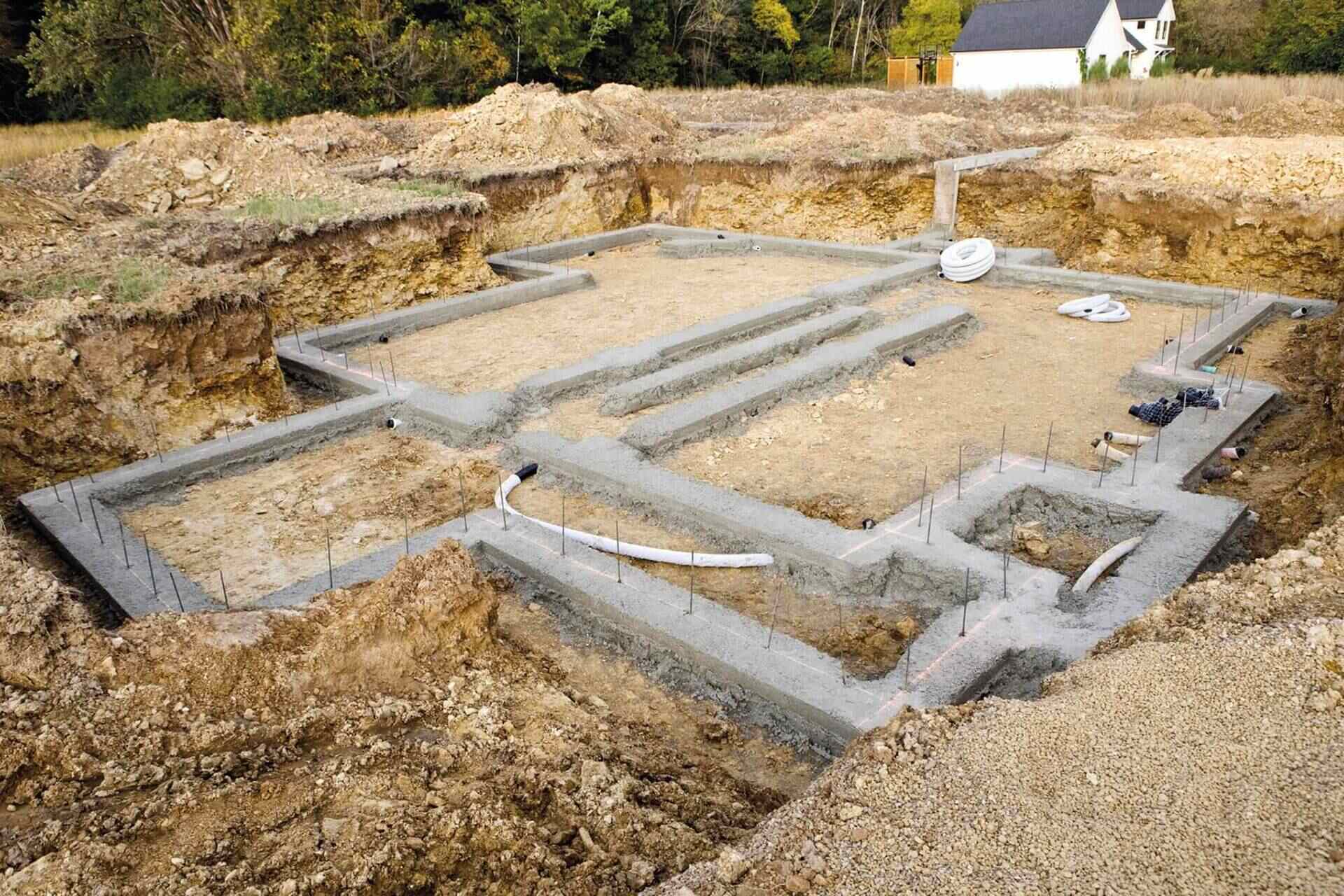

0 thoughts on “How Much Is It To Build A Basement Foundation”